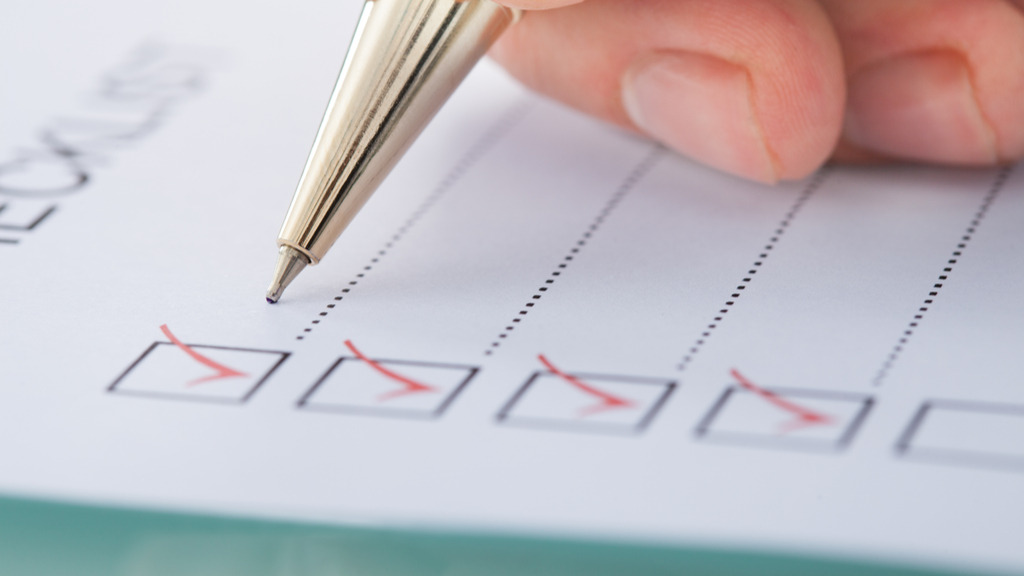When will social distancing end? Two road maps chart the way.
Two public health experts offered concrete road maps to the end of social distancing.

—Coronavirus in the US: Map & cases
—What are coronavirus symptoms?
—How deadly is the new coronavirus?
—How long does coronavirus last on surfaces?
—Is there a cure for COVID-19?
—How does coronavirus compare with seasonal flu?
—How does the coronavirus spread?
—Can people spread the coronavirus after they recover?
When will the United States be able to ease its social distancing measures, intended to slow the spread of COVID-19? To help answer this question, two public health experts have mapped out possible routes to the end of the pandemic, Stat News reported.
First, Ezekiel Emanuel, a health policy expert and vice provost of the University of Pennsylvania, projected that orders to shelter-in-place or quarantine could be eased in June — provided that the entire country adheres to strict social distancing measures for the next eight to 10 weeks. Data from China suggests that, in this scenario, the number of positive COVID-19 cases would peak in roughly four weeks and then taper off over the following four to six weeks, Emanuel wrote in a New York Times opinion piece published March 28.
"So, as hard as it would be, everybody but essential workers would have to remain inside until roughly June 1st," Emanuel wrote. Exceptions could be made for counties with few cases of COVID-19, and that have high capacity to perform diagnostic tests and the resources to trace infected people's contacts, he added. In these locations, potential cases of COVID-19 would have to be rapidly quarantined and positive cases would have to be adequately isolated to justify lax social distancing policies, he wrote.
In addition to Emanuel's projection, Scott Gottlieb, former Food and Drug Administration (FDA) commissioner, and his colleagues issued their own "road map to reopening" on March 29, but did not predict a specific end date for the nationwide lockdown. Rather, the team laid out signposts that will help communities track their progress and adjust their policies through time.
Related: 10 deadly diseases that hopped across species
As of now, the country is in "Phase 1" of a four-phase pandemic response, Gottlieb and his colleagues wrote.
"The COVID-19 epidemic in the United States is growing, with community transmission occurring in every state," the team wrote in a report published by the American Enterprise Institute, a public policy think tank. At this phase of the pandemic, communities should practice social distancing measures while ramping up their capacity for diagnostic testing, sharing test results, replenishing medical supplies, supplying hospital beds and tracing infected people's contacts.
Get the world’s most fascinating discoveries delivered straight to your inbox.
To this end, Emmanuel suggested that the U.S. use "cellphone data, social media data and data from thermometer tests and the like" to trace contacts, and encourage infected people to reach out to those in their social circles. In addition, the country could use blood tests to determine who has already caught COVID-19, recovered, and developed immunity to establish a so-called COVID-19 certification system. Once certified, "people could then work in hospitals or other areas where being risk-free would be a benefit," he wrote.
To graduate from Phase 1, a particular state must be able to safely treat all patients requiring hospitalization, test all people with COVID-19 symptoms and conduct adequate contact tracing, Gottlieb's team wrote. If the state notes a sustained decline in new cases for at least 14 days, then it can officially move on to Phase 2.
"I don’t think we are close to moving out of Phase 1," co-author Caitlin Rivers, an assistant professor of epidemiology at the Johns Hopkins Center for Health Security, told Stat News. "I think staying home is what we need to be doing right now. And how fast we get to Phase 2 will really depend on how effective our interventions are now and how aggressively we are able to scale up our capacities."
During Phase 2, schools, universities and businesses can begin to reopen, although remote working should continue where convenient and social gatherings should be limited to fewer than 50 people. Adults over 60 and others at high risk of serious COVID-19 infection should still limit their time spent out in the community, the authors noted.
If COVID-19 spread surges again, a state can revert from Phase 2 back to Phase 1, the authors said. States may only exit Phase 2 once approved vaccines and treatments become widely available, and a "robust" surveillance system is in place to test and track future infections. At this point, the state can graduate to Phase 3 and social distancing restrictions may be lifted. In Phase 4, the country should learn from the COVID-19 pandemic and aim to ready itself for the next public health emergency.
"COVID-19 will not be the last public-health emergency to threaten American society. We must invest in the scientific, public-health and medical infrastructure needed to prevent, detect and respond to the next infectious disease threat," the authors wrote.
But for now, the U.S. must deal with the current pandemic and the end of social distancing remains murky. Only when scientists have access to reliable data, and all states institute social distancing measures, can we begin to chart our course back to normalcy.
"What I wanted to do with this was set out very clear measurable milestones and very clear objectives of what can improve when those milestones are reached," Gottlieb told Stat News. "And give people something to shoot at. Because I think that reports that aren’t very granular aren't very useful."
- Going viral: 6 new findings about viruses
- The 12 deadliest viruses on Earth
- Top 10 mysterious diseases
Originally published on Live Science.
OFFER: Save at least 53% with our latest magazine deal!
With impressive cutaway illustrations that show how things function, and mindblowing photography of the world’s most inspiring spectacles, How It Works represents the pinnacle of engaging, factual fun for a mainstream audience keen to keep up with the latest tech and the most impressive phenomena on the planet and beyond. Written and presented in a style that makes even the most complex subjects interesting and easy to understand, How It Works is enjoyed by readers of all ages.

Nicoletta Lanese is the health channel editor at Live Science and was previously a news editor and staff writer at the site. She holds a graduate certificate in science communication from UC Santa Cruz and degrees in neuroscience and dance from the University of Florida. Her work has appeared in The Scientist, Science News, the Mercury News, Mongabay and Stanford Medicine Magazine, among other outlets. Based in NYC, she also remains heavily involved in dance and performs in local choreographers' work.



